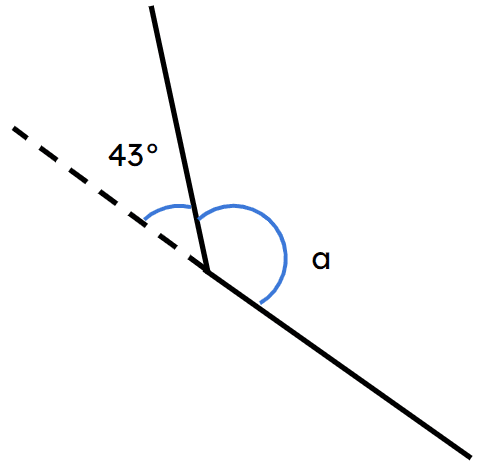Myths about teaching can hold you back
- Year 5
Measure the size of angles accurately using a protractor
I can measure the size of angles accurately using a protractor.
- Year 5
Measure the size of angles accurately using a protractor
I can measure the size of angles accurately using a protractor.
These resources were made for remote use during the pandemic, not classroom teaching.
Switch to our new teaching resources now - designed by teachers and leading subject experts, and tested in classrooms.
Lesson details
Key learning points
- A protractor is an angle measurer.
- Protractors have two scales from 0 to 180 degrees.
- Start from zero when reading the scale on a protractor.
- Line the protractor up with one of the lines forming the angle.
Keywords
Angle - An angle is a measure of turn. It shows how far something has rotated. It is often displayed as the rotation between two line segments.
Point - A point is an exact location. It has no size, only position.
Vertex - A vertex is a point where two or more lines meet.
Scale - A scale is a number line with equal divisions for equal values.
Common misconception
Pupils incorrectly place the protractor on the angle and therefore cannot measure the angle. Pupils use the incorrect scale to read the angle.
Stress the importance of using the middle spot on the protractor to line this up with the vertex of the angle as well as placing one of the lines on a zero line, ensuring the remaining line crosses the scale of the protractor.
To help you plan your year 5 maths lesson on: Measure the size of angles accurately using a protractor, download all teaching resources for free and adapt to suit your pupils' needs...
To help you plan your year 5 maths lesson on: Measure the size of angles accurately using a protractor, download all teaching resources for free and adapt to suit your pupils' needs.
The starter quiz will activate and check your pupils' prior knowledge, with versions available both with and without answers in PDF format.
We use learning cycles to break down learning into key concepts or ideas linked to the learning outcome. Each learning cycle features explanations with checks for understanding and practice tasks with feedback. All of this is found in our slide decks, ready for you to download and edit. The practice tasks are also available as printable worksheets and some lessons have additional materials with extra material you might need for teaching the lesson.
The assessment exit quiz will test your pupils' understanding of the key learning points.
Our video is a tool for planning, showing how other teachers might teach the lesson, offering helpful tips, modelled explanations and inspiration for your own delivery in the classroom. Plus, you can set it as homework or revision for pupils and keep their learning on track by sharing an online pupil version of this lesson.
Explore more key stage 2 maths lessons from the Angles: compare, name, estimate and measure angles unit, dive into the full primary maths curriculum, or learn more about lesson planning.

Licence
Prior knowledge starter quiz
6 Questions
Q1.Match the shape to its properties.
A triangle with three equal sides and three equal vertices.
A triangle with two equal sides and two equal vertices.
A triangle with no equal sides or vertices.
Q2.Which of these is the best estimate for the angle shown?
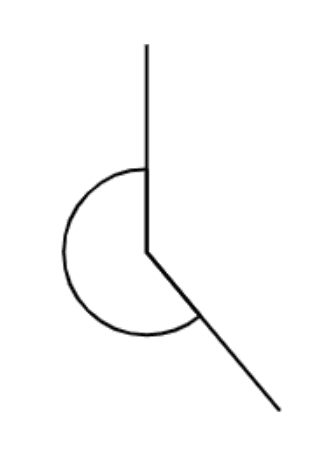
Q3.The image is not to scale. What is the value of missing angle a? a = °

Q4.Which of these is the best estimate for the angle shown?
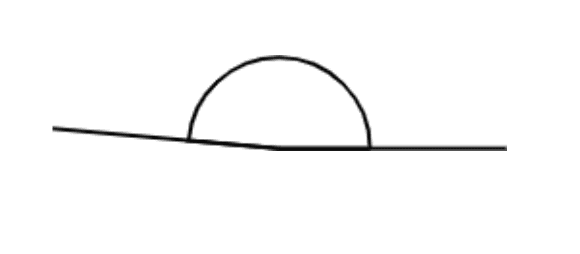
Q5.The image is not to scale. Calculate missing angle a. a = °
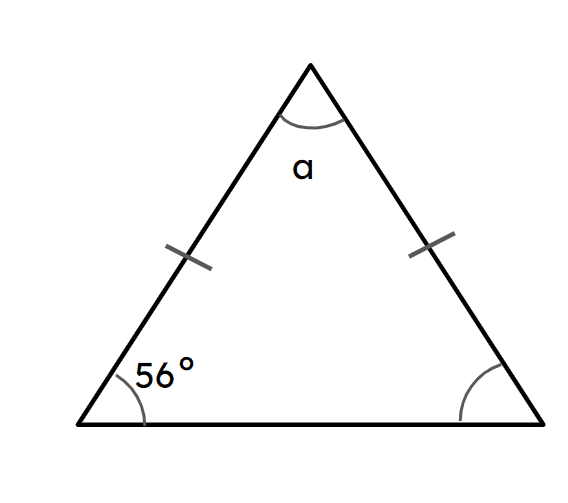
Q6.The image is not to scale. Complete the sentence. I estimate that the size of angle a is ___ degrees.
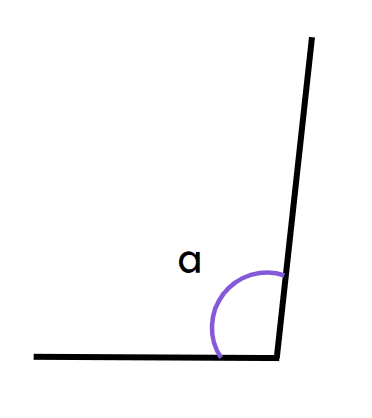
Assessment exit quiz
6 Questions
Q1.Which image shows the protractor placed correctly to measure the angle?
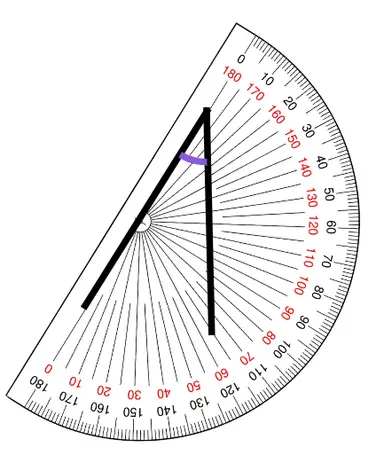
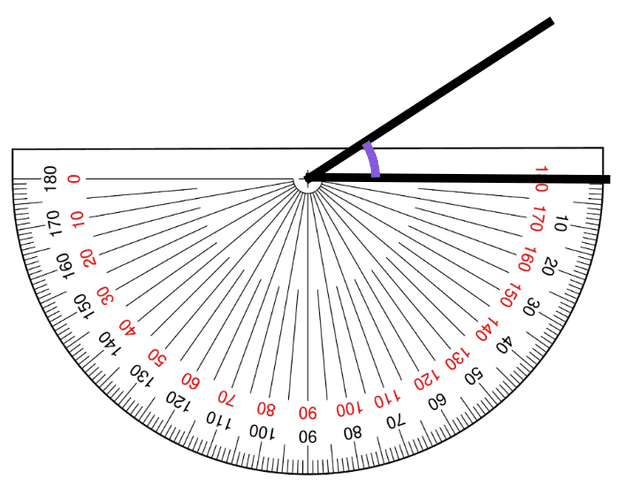
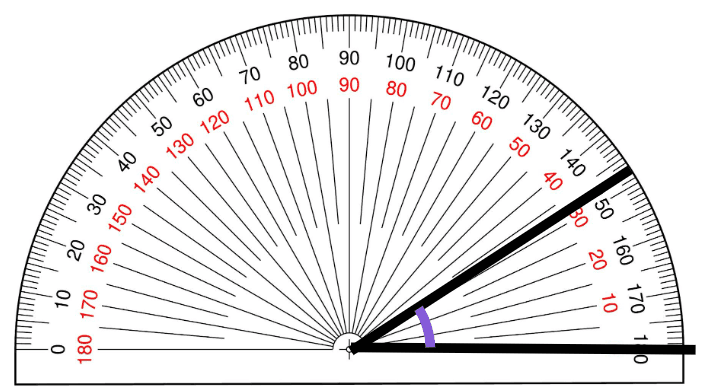
Q2.The size of the angle is ___.
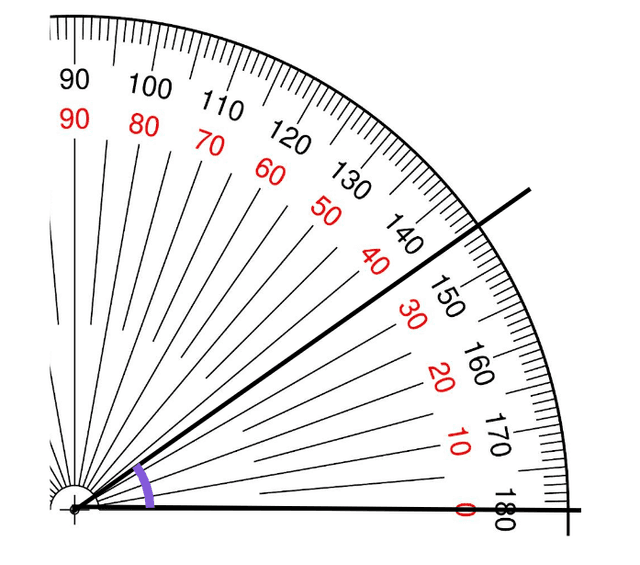
Q3.Read the protractor scale to measure the angle. °
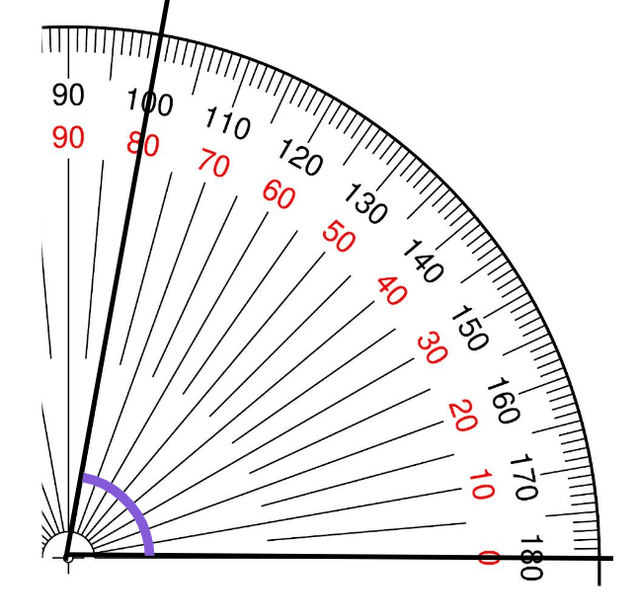
Q4.Read the protractor scale to measure the angle. °
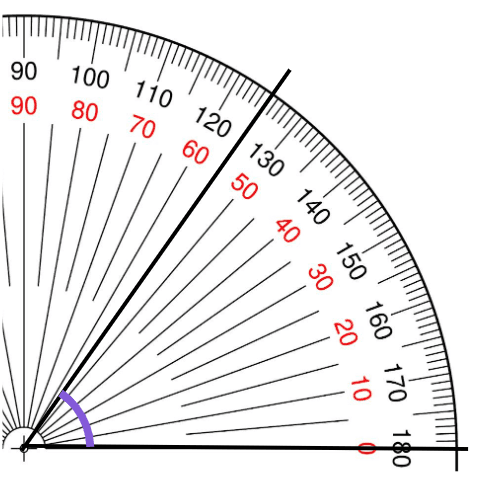
Q5.Sofia measured the obtuse angle in order to find the missing angle a. What is her next step?
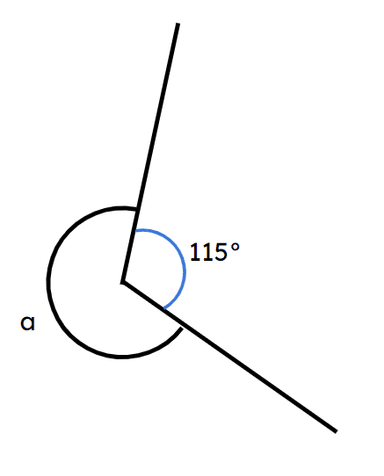
Q6.Jun measured the acute angle in order to find the missing angle a. Tick what his next steps could be.
